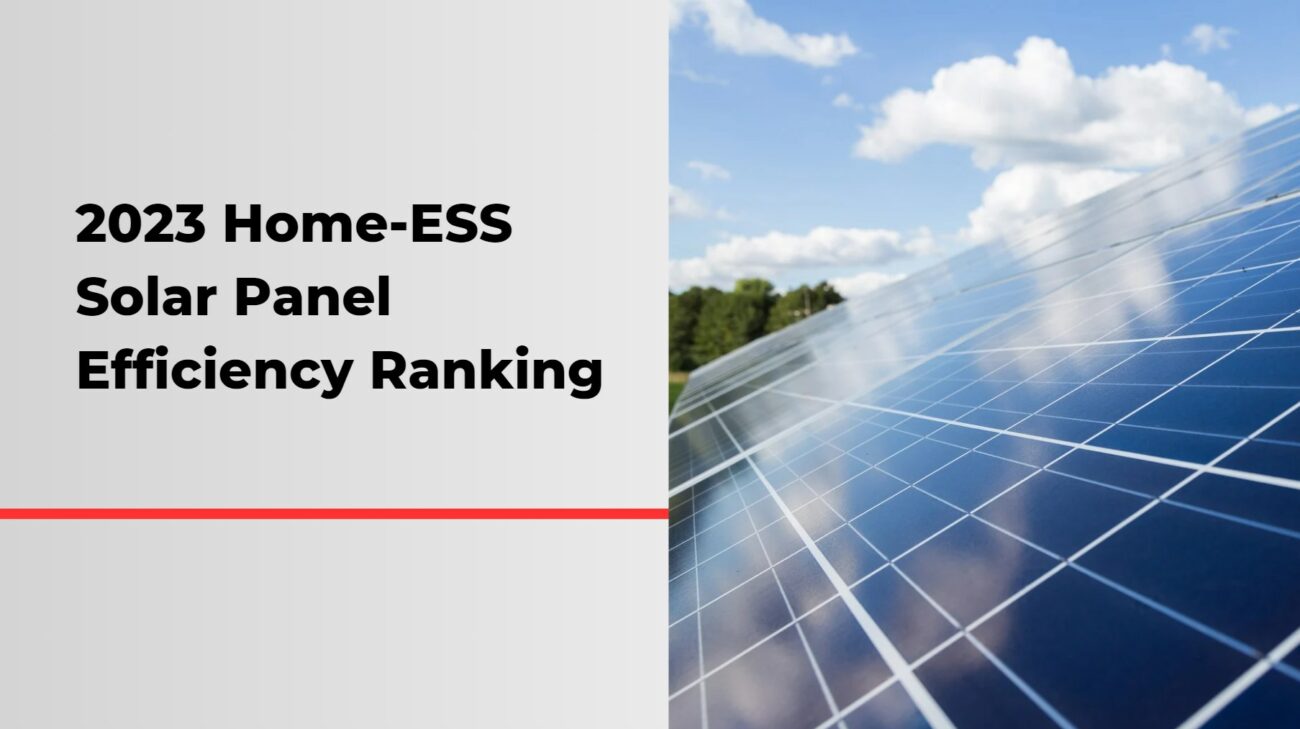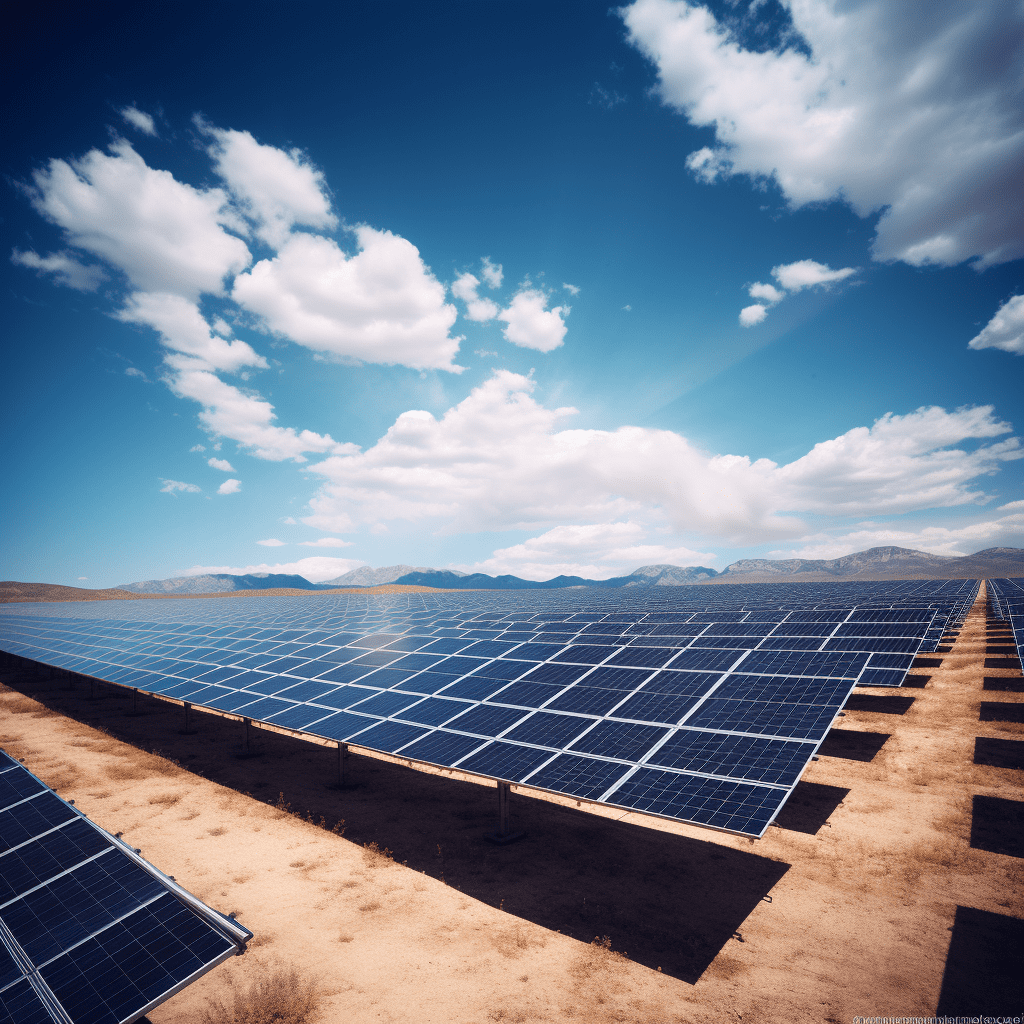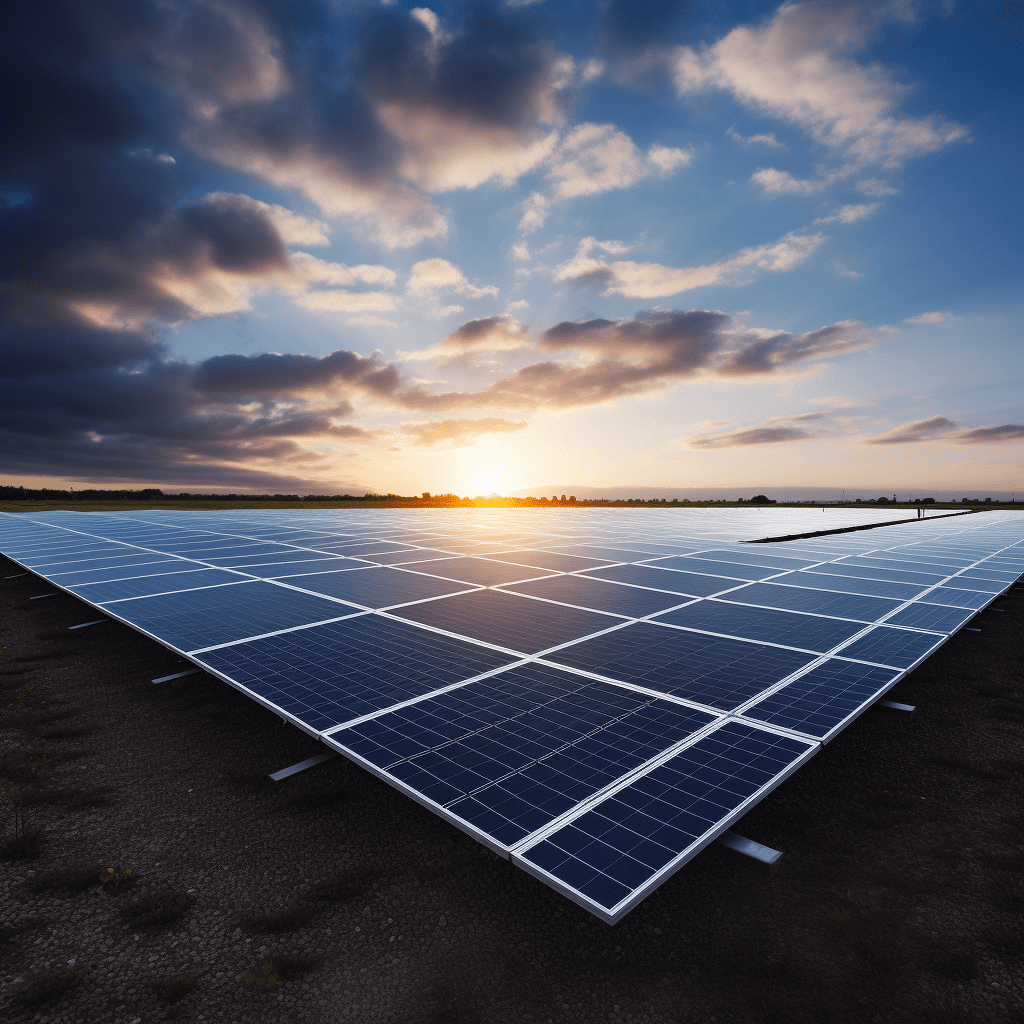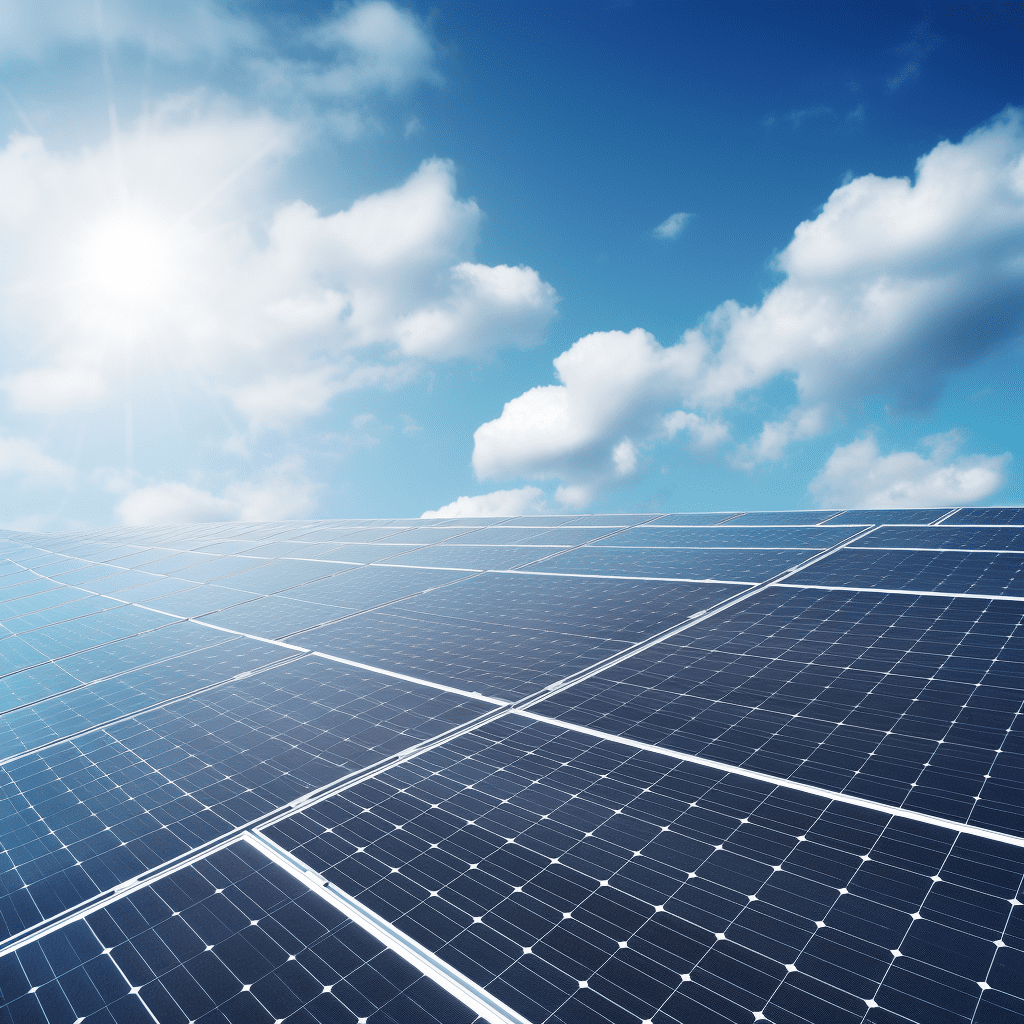Solar power per square meter refers to the amount of solar energy that can be harnessed by a solar panel over a specific area, typically expressed in watts per square meter (W/m²). This measurement is crucial for evaluating the efficiency and potential energy output of solar panels in different locations and conditions.
How do you calculate solar power output?
To calculate the solar power output of a panel, you can use the formula:
For example, if a solar panel has an efficiency of 20% and the solar irradiance is 1000 W/m² (common on sunny days), the calculation would be:
This means that each square meter of this panel can generate 200 watts of power under optimal conditions.
What factors affect solar power generation?
Several factors influence the amount of solar power generated, including:
- Solar Panel Efficiency: Higher efficiency panels convert more sunlight into electricity.
- Solar Irradiance: The intensity of sunlight hitting the panels; varies by location and time of year.
- Temperature: Higher temperatures can decrease efficiency in some types of panels.
- Angle and Orientation: The angle at which panels are installed affects how much sunlight they capture.
- Shading: Trees, buildings, or other obstructions can significantly reduce energy production.
How can you optimize solar panel efficiency?
To maximize the efficiency of your solar panels:
- Proper Installation: Ensure panels are installed at the optimal angle and orientation for your location.
- Regular Cleaning: Keep panels free from dirt, dust, and debris that can block sunlight.
- Use Quality Equipment: Invest in high-quality panels and inverters that maximize energy conversion.
- Monitor Performance: Use monitoring systems to track energy production and identify issues quickly.
What are the benefits of understanding solar power calculations?
Understanding how to calculate solar power output provides several advantages:
- Informed Decisions: Helps homeowners and businesses select the right size and type of solar system based on their energy needs.
- Cost Savings: By accurately estimating potential savings, users can better justify their investment in solar technology.
- Enhanced Performance: Knowledge of factors affecting output allows for adjustments to maximize efficiency.
Top 5 Models in Solar Panels
When considering solar panels for optimal performance, certain models stand out for their efficiency and reliability. Below is a comparison chart of top-rated models:
| Model Name | Efficiency (%) | Power Output (W) | Application | Features |
|---|---|---|---|---|
| SunPower Maxeon | 22.6 | 400 | Residential Solar | Highest efficiency with long warranty |
| LG NeON R | 21.4 | 370 | Residential Solar | Excellent performance in low light |
| Canadian Solar CS6K | 19.9 | 330 | Commercial Applications | Cost-effective with good performance |
| REC Alpha Series | 21.7 | 380 | Residential & Commercial | High durability with excellent aesthetics |
| Jinko Solar Tiger Pro | 20.3 | 450 | Large Scale Projects | High output with robust design |
These models are recognized for their robust design and ability to perform efficiently under various conditions.
Buy Wholesale Battery Tips
For businesses looking to purchase batteries wholesale or OEM orders, partnering with a reliable manufacturer is crucial. Redway Battery is a great choice for battery wholesale buyers due to its extensive experience in producing high-quality lithium and lead-acid batteries.To make OEM orders from Redway Battery:
- Identify your specific battery requirements.
- Contact Redway’s sales team with your specifications.
- Discuss pricing and minimum order quantities.
- Finalize your order details and payment terms.
- Receive your customized batteries directly from the factory.
Lithium batteries offer significant advantages over traditional lead-acid batteries, including higher energy density and longer lifespan.
Industrial News
The demand for solar energy solutions continues to rise as more consumers seek effective ways to reduce their carbon footprint and energy costs. Recent advancements in solar technology have led to improved efficiencies and reduced costs, making these solutions more accessible for residential use. Companies like Redway Battery are innovating to provide dependable products tailored for various applications.
Redway Expert Views
“Understanding how to calculate solar power per square meter is essential for optimizing your investment in renewable energy,” states an expert from Redway Battery. “By leveraging accurate data on efficiency and output potential, users can make informed decisions that maximize their energy savings.”
FAQ Section
- What is solar power per square meter?
It measures the amount of solar energy harnessed by a panel over an area, expressed in watts per square meter (W/m²). - How do you calculate solar power output?
Use the formula: Power Output (W/m²) = Efficiency × Solar Irradiance (W/m²). - What factors affect solar power generation?
Factors include panel efficiency, solar irradiance, temperature, angle/orientation, and shading. - How can you optimize solar panel efficiency?
Ensure proper installation, regular cleaning, use quality equipment, and monitor performance. - What are the benefits of understanding solar power calculations?
Benefits include informed decisions on system size, cost savings justification, and enhanced performance insights.











